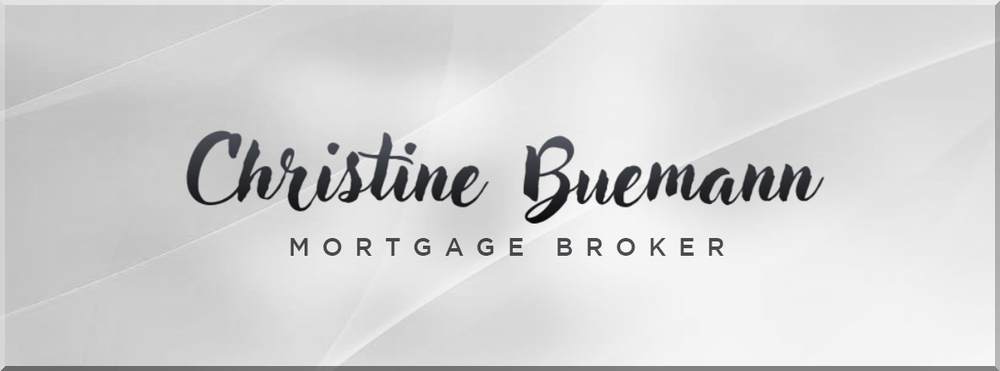How Low Can Yields Go? The 5-year government yield is doing the limbo, and the bar keeps being lowered. It closed Friday at 1.35%. How low it goes depends on how bad things get economically—and how bad investors think things will get. It’s interesting to contrast Canada to other countries because our yields are still notably higher than many. That’s despite a relatively stable fiscal and economic outlook. Here’s a sampling of 5-year yields from around the globe, including each country’s debt-to-GDP and unemployment rates (UR): Canada: 1.35% (Debt/GDP: 36%; UR: 7.3%) U.K.: 1.32% (Debt/GDP: 86%; UR: 7.8%) Germany: 0.91% (Debt/GDP: 44%; UR: 6.1%) U.S.: 0.87% (Debt/GDP: 61%; UR: 9.1%) Switzerland: 0.38% (Debt/GDP: 20%; UR: 3.9%) Japan: 0.35% (Debt/GDP: 183%; UR: 4.7%) Economically, these other countries don’t compare cleanly to Canada, but they do have a few things in common: Each is being impacted by the same worldwide trends (including a global slowdown and flight-to-saf
